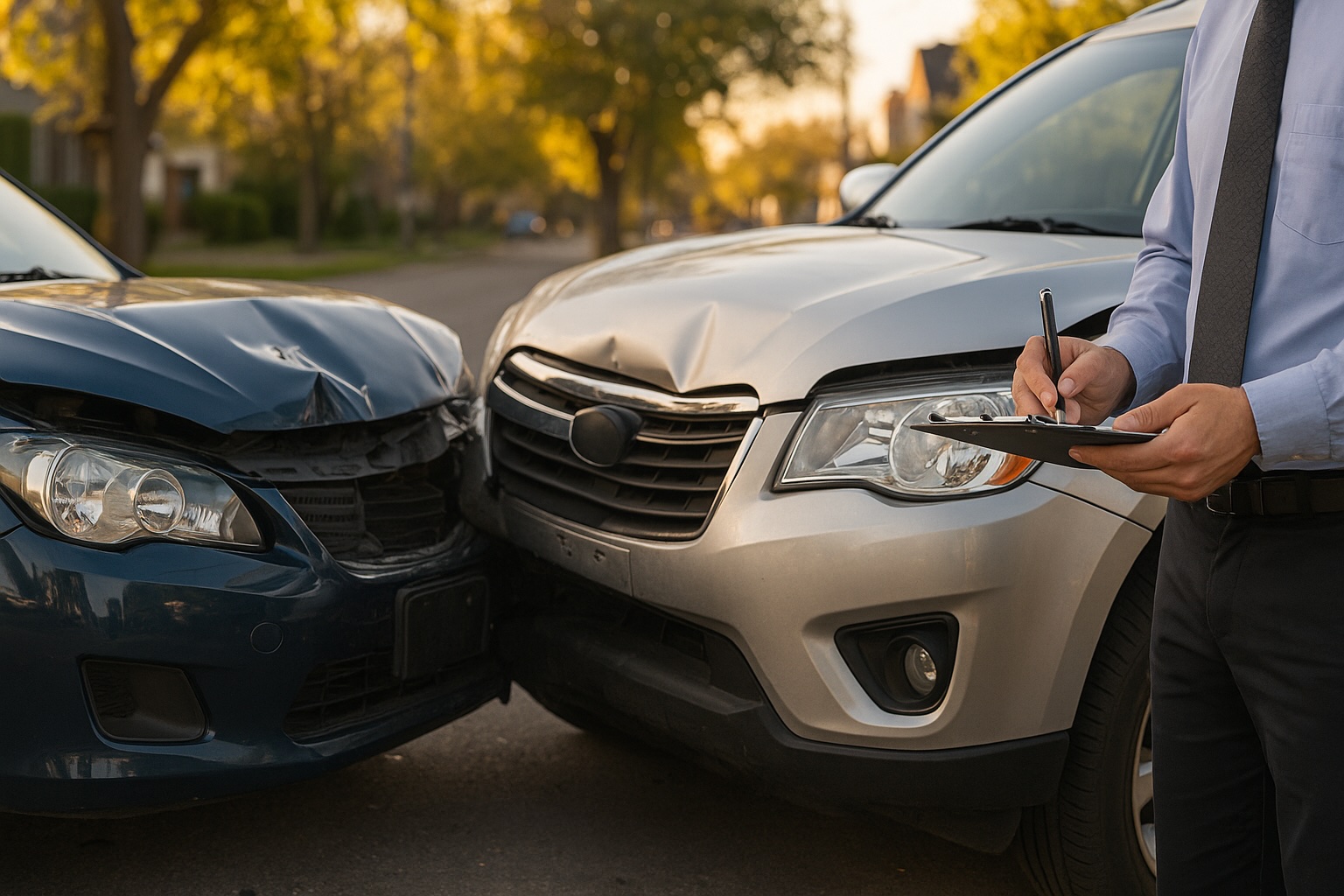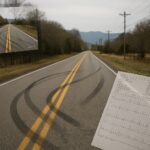When the dust settles after a crash, the first big question is “Who pays for damages after an accident?” In Tennessee, the answer depends on fault, the type of insurance each driver carries, and how serious the losses are. Below is a plain-language breakdown so you know what to expect, and when extra coverage can save the day.
Tennessee Is an At-Fault State
Tennessee follows an at-fault (or “tort”) system: the driver who causes the wreck is financially responsible for the other party’s losses. You can pursue compensation from the at-fault driver’s liability insurance as long as you are less than 50 percent to blame. If you are 50 percent or more at fault, you cannot recover damages, and any payout you do receive is reduced by your share of fault. Read the bill: Tennessee’s “50 percent bar” for comparative fault
State-Minimum Liability Coverage (25/50/25)
Every Tennessee driver must carry at least:
| Coverage | Minimum limit |
|---|---|
| Bodily Injury Liability (per person) | $25,000 |
| Bodily Injury Liability (per accident) | $50,000 |
| Property Damage Liability (per accident) | $25,000 |
You will often see this written as 25/50/25. These limits are relatively low; a serious crash can exceed them quickly. Source: Tennessee General Assembly Legislation
Key Coverages and Who Pays
| Situation | Who typically pays? | Why it matters |
|---|---|---|
| You are not at fault | The other driver’s liability coverage | Their insurer covers your vehicle repairs, medical bills, and other covered losses. |
| Other driver is uninsured or underinsured | Your Uninsured/Underinsured Motorist (UM/UIM) coverage | About 21 percent of Tennessee drivers have no insurance, so UM/UIM can be a lifesaver. |
| You are partially at fault (under 50 %) | Both insurers share costs, reduced by your fault percentage | Comparative negligence means your payout drops in proportion to fault. |
| You are at fault | Your liability coverage pays others; your collision coverage (if purchased) pays your own car repairs | State-minimum liability may not cover all damages, leaving you personally responsible for the balance. |
| Hit-and-run (“phantom driver”) | Your UM property-damage and bodily-injury coverage | Treats an unknown driver like an uninsured one. |
Property Damage vs. Bodily Injury
- Property Damage Liability pays to repair the other person’s vehicle, mailbox, fence, etc.
- Bodily Injury Liability pays medical bills, lost wages, and pain-and-suffering claims for injured people.
Your own injuries can be covered by MedPay (optional in Tennessee) or by your health insurance.
Why Higher Limits and UM/UIM Matter
Because Tennessee’s minimums are modest, a major collision can wipe them out in minutes—especially if multiple people are hurt. Raising liability limits to 50/100/50 or 100/300/100 is generally affordable and shields your personal assets. Pair that with UM/UIM coverage equal to your liability limits so you are protected against the one-in-four drivers who carry no insurance.
Steps to Protect Yourself After a Crash
- Call 911 and seek medical care.
- Document everything—photos, witness contacts, insurance details.
- Report the crash to your insurer promptly.
- File a Car Accident Insurance Claim in Tennessee by following the checklist in our first post in this series. Read the full guide here.
- Avoid admitting fault and be cautious when speaking with adjusters. Consider legal guidance if injuries are involved or liability is disputed.
If you or someone you know has been in a traffic accident, Stillman & Friedland is here to help. Call us at 615-244-2111 or reach out through our online contact form.
Because we care,
Stillman & Friedland







